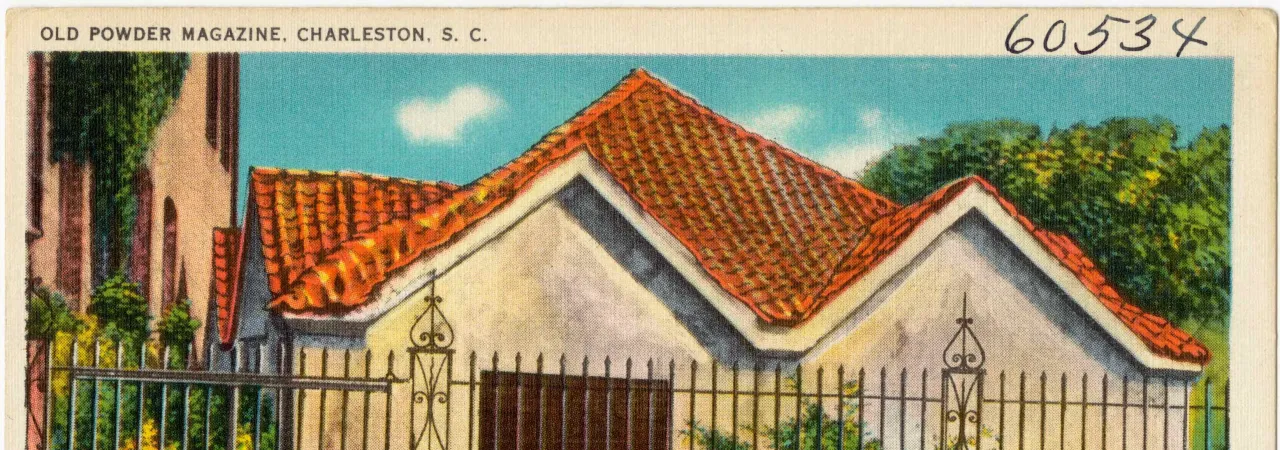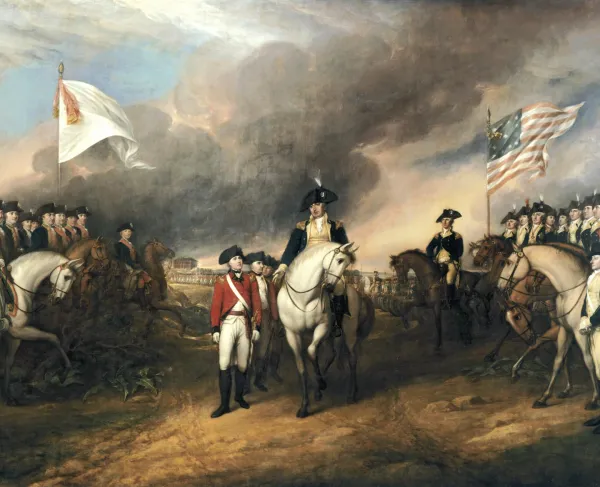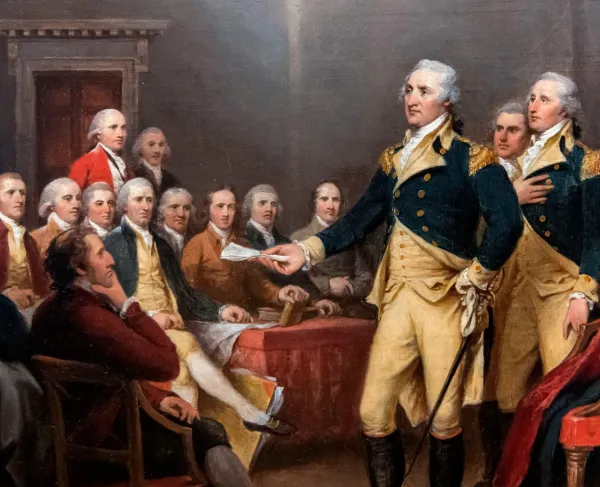
Charleston's Old Powder Magazine.
Built-in 1713, the Powder Magazine is the oldest public building in the Carolinas. Over three hundred years old, Powder Magazine has witnessed nearly every major event in the city of Charleston’s history. Charleston (then known as Charles Town) was a fortified city when it was built. Since the peninsula of Charleston was settled in 1680, the city had created defensive works to protect itself from attacks by the American Indians, French, Spanish, and pirates. In 1704, during Queen Anne’s War, Charleston expanded the defensive fortifications around the city, and a building to store gunpowder was proposed. However, it was not until 1713 that the Powder Magazine was finally built, just inside the city’s northern wall and away from most of the dwellings in the city.
The magazine was built with one main purpose: to safely store gunpowder. Naturally, gunpowder is volatile, and an explosion could be destructive and deadly. The magazine was built with extremely thick brick walls, about three feet thick. The magazine was built to hold up to five tons of gunpowder. In the event of an accidental spark, they wanted to be sure the explosion was contained as much as possible. There were no windows, and the magazine roof was filled with sand, so in the event of an explosion, the force of the explosion would be forced up through the ceiling. Then the sand would fall into the magazine, hopefully smothering the explosion.
Gunpowder continued to be stored in the magazine up until 1748. In the 1730s, as the city began to grow outside of the walled city, the people wanted the magazine moved further from the town. Eventually, a new magazine was built further away, near present-day Magazine Street, and the Old Powder Magazine fell into disuse. In 1770, it was condemned.
However, during the Revolutionary War, the Powder Magazine was once again used to store gunpowder during the Siege of Charleston in 1780. At one point during the siege, a cannonball exploded not far from the Powder Magazine. General William Moultrie ordered the five tons of gunpowder stored in the magazine to be moved to the Old Exchange Building and bricked up to keep it safe. When the British Army captured Charleston and occupied the Old Exchange Building, they used the basement as a prison for American Patriots. After the Americans liberated the city in 1782, the gunpowder was found behind the brick wall; the British never realized the supplies were hidden beneath their feet.
While the Powder Magazine survived never having an explosion, the same could not be said for other powder magazines in the city. Following the British victory at the Siege of Charleston on May 15, 1780, a British soldier carelessly tossed some muskets into one of the magazines containing 4,000 pounds of gunpowder. One of the muskets accidentally discharged, causing a horrific explosion that rocked the entire city. Soldiers and civilians standing nearby were killed instantly. Moultrie noted that these victims’ “carcasses, legs, and arms were seen in the air and scattered over several parts of the town.” He graphically described, “One man was dashed with violence against the steeple of the new independent church [modern Unitarian Church], which was at a great distance from the explosion, and left the marks of his body there for several days.” Swords and bayonets rained down on the houses all around. Men, both American and British, who ran to put out the inferno, had to take cover as other loaded muskets fired randomly. Almost 200 people were killed in the blast (more than lost in the entire Siege of Charleston), and at least six buildings were razed, including a poorhouse, a brothel, and a nearby prison.
Hessian soldier, Johann Ewald, remembered that he had never “witnessed a more deplorable sight.” He, too, “found some sixty people who were burnt beyond recognition, half-dead and writhing like worms,” and saw “a number of mutilated bodies hanging on the farthest houses and lying in the streets.”
The Old Powder Magazine had a variety of uses throughout the nineteenth century, including as a stable and as a wine cellar. Threatened with demolition near the turn of the twentieth century, the South Carolina Society of Colonial Dames bought and preserved the building. Today, the Colonial Dames still own the site and use the Powder Magazine as a museum and interpret the city’s early colonial and Revolutionary War eras.
Related Battles
37
220
5,506
258
10
5






